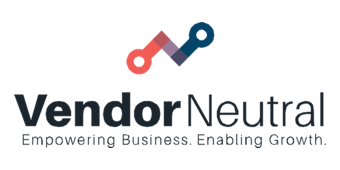
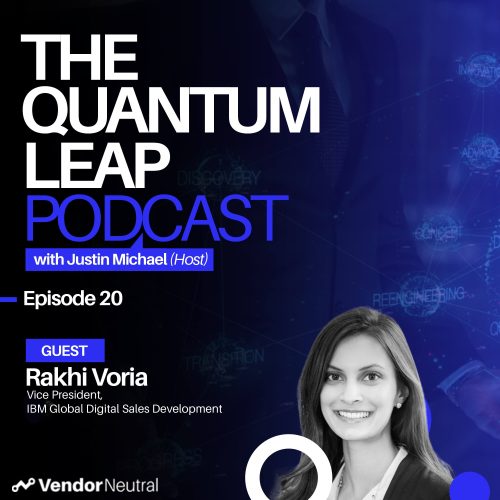

The Biggest Trends in Digital Transformation
Episode 20 -
Rakhi Viora
Vice President, IBM Global Digital Sales Development
Read Full Transcript
The Biggest Trends in Digital Transformation
Digital transformation is enabling deep analysis like never before. Digital selling has become a way for companies to address clients’ needs in a consistent and scalable way with investment in sales technology. Listen as Rakhi Voria, Director of Global Digital Sales at IBM, and Justin Michael, Vendor Neutral’s Futurist discuss the shift to digital selling, aligning sales and marketing, and the keys to measuring the success of digital selling.
Justin Michael Welcome back to Quantum Leap, Vendor Neutral in the Neutral Zone; I’m Justin Michael doing my best William Shatner. I am joined with Rakhi Voria, Director of Global Digital Sales Development at IBM. How are you today, Rakhi?
Rakhi Voria I’m doing great. Thanks for having me on the show.
Justin Michael Yeah, great to have you on the show. I’d love just a little background and to introduce you to the audience.
Rakhi Voria Sure, well, a little bit about me, I joined IBM about two years ago; I manage a global team that’s responsible for the digital sales development function at IBM. So we have about 350 sellers in my organization around the world. We sell a large portion of the IBM portfolio services, hardware, software. And I joined from Microsoft. I spent about seven years there in a variety of different roles. And my last role there, I help Microsoft to build a new inside sales force as the Chief of Staff to the Corporate Vice President of Inside Sales. I was one of the first employees on the team, helped grow it to about 2000 inside sellers globally, so very passionate about building and scaling high-performing sales teams and accelerating the transformation of sales organizations. And I’m delighted to be on the show.
Justin Michael Yeah, I’m getting excited. I was just in Redmond visiting Microsoft, just pre-pandemic; gosh, has it been a year and a half ago that my little Microsoft pin? Well, let’s get into it. This is about the future of the enterprise. And we talk about sales and operations and marketing. What are the biggest trends you see in digital transformation in the next two years?
Rakhi Voria I think there have been a lot of strides made in the past few years with the rise of digital transformation, and the pandemic has just accelerated some of those shifts that were already underway. For example, I think today customers want us to meet them on their terms. They want us to make it personal and from my interactions with clients directly. I’ve been hearing a lot of consistent themes. I’d say; first, they want an experience that’s channel agnostic and consistent. So they want to self serve, and they want to know that we can meet them where they are and engage at the right time. Second, I think they want a much more personalized, streamlined experience that’s designed to meet the specific needs of their business. So we need to bring real value to the conversation to drive successful business outcomes and to build trust. And then finally, I think it’s agility that’s really key to their expectation of services. They expect us to kind of anticipate their needs and be ready to produce solutions that are actually tailored to them. So in terms of the trends I see in the coming years, I think it’s the ability to engage with them at scale but still maintaining a personalized relationship with them. That’s something that might not have been possible previously for some companies, and it’s enabling deep analysis and customer conversations like never before. And I also think we’re starting to get there with the influx of insider digital selling. So customer buying preferences are obviously shifting toward digital engagement. I think digital transformation is enabling deep analysis like never before. And digital selling has become a way for companies to kind of address clients needs in a consistent and scalable way with the investment in machine learning and A.I. Capabilities and all of these things so that we can actually understand where clients are at in their buying journey so that we can tailor our offerings and engagement. So I definitely think we’ll continue to see more companies kind of shifting toward a more insider digital model versus field sales in person. That’s obviously going to lead to cost efficiencies and then also give clients the opportunity to engage on their own terms.
Justin Michael That’s such a great response; I mean, it’s I think of IBM and the sales force, the size and the field and the global element of that, and then bringing that to digital. I remember that quote from Satya Nadella saying, you know, two years of digital transformation in two months. Without revealing too much, has that? Were you prepared for this? Was the shift quick? I mean, it sounds like you’ve been running and scaling these inside teams forever, so I would imagine now the field teams are looking to you for some of the insights, on like strategy tactics, tech stacks. Did you notice that shift happening internally in your markets? I’m just kind of curious to any stories like field people are coming and saying what are these tech tools or what was it like and what was the speed of it like?
Rakhi Voria Yes, for sure, I think overnight, I mean, every seller ended up becoming an insider, a digital seller, and because of that, it was a great opportunity for people to actually understand what digital sales is. I think a lot of people just sort of think all inside sales is working from home or working from a centralized location and just engaging with clients over the phone or over video. But it’s so, so much more than that. So I think it’s been an opportunity for us to showcase the capabilities of digital selling. For example, some of the things I mentioned around scoring and A.I. capabilities, and machine learning. Gone are the days where remote selling is just kind of doing cold calling and going through a phone book. We have so much insights and rich insights at our fingertips around what exactly clients are doing. Did they download a white paper? Did they go to a webinar? Did they sign up for a trial? All of these things get scored, and then that gives our digital sellers the opportunities to actually understand. How do you customize and tailor the conversations that you want to have with them, maybe offer promotions or solutions that help them get started? So I think it’s been a huge opportunity for, you know, clients to really understand just kind of what inside and digital selling is and just showcase the capabilities around social selling and using LinkedIn Sales Navigator and all of these things that weren’t necessarily as broadly used in field sales previously.
Justin Michael That’s a great point into our next question. I’m curious, like if you think of like what’s shifted and what’s shattered in the pandemic, you know, and there’s a second question. How are you adapting to remote work? So are you finding it’s more of a shift, or are there paradigms that are gone? It’s a very broad question, but just curious which camp you’re in and how you see that.
Rakhi Voria I think things have shifted, so I you know, I’m trying to think of some of the interesting trends that have emerged, but one of the ones that comes to mind, especially in the consumer selling space during the pandemic, has been moving away from brand loyalty. So, many customers have been kind of shifting their behaviors and even their spending habits to place stronger value on digital experiences, and they’re making purchases based on availability and essential items, and convenience. So I recently read a CMO survey. It was by Deloitte. They said that online sales grew by forty-three percent between February and May of last year. But Millennials and Gen Z, in particular, are the ones showing the largest gravitation to online shopping, although there have been increases for all generations. But basically, I think, you know, some of these trends in both B2B and B2C are here to stay, and there’s been some interesting behavior shifts. McKinsey reported that seventy-five percent of consumers have tried a new shopping behavior in response to kind of economic pressures and the store closing and changing priorities. And thirty-six percent of consumers have been trying new product brands. So I think that’s interesting. You know, when customers couldn’t purchase their favorite products from their favorite brands, they began trying out different options from brands they might not have selected otherwise. And what that means is that these brands will need to continue adjusting their marketing tactics as customers kind of deprioritize their former allegiances and now instead of prioritizing availability.
Justin Michael Well, we asked some really good insights there; I love how you quote the analysts because I feel like a lot of what the analysts were predicting, like algorithmic guided selling and a lot of these concepts that are coming in twenty twenty-five are coming sooner now because we have all this digital selling and we can apply machine learning to analyze the vast data from conversational intelligence to CRM data. How can marketing and sales further align, and which technologies enable that? You know we’re vendor neutral. So it’s more families of tech like maybe you’re talking about marketing, attribution, analytics. But I’m just curious. I actually, my second question there to nest in is, have you purchased new technology or built new technology in response to these times?
Rakhi Voria Yeah, great, great questions; I’ll start with the first one on marketing and sales; I think the lines between marketing and sales are becoming more and more blurred and that there is tighter alignment and partnership between the two than ever before. You know, companies are realizing, obviously, that having a feedback loop between the two is so critical because I think together sales and marketing can create that comprehensive buyer personas to better target your ideal customer and increase acquisition and create targeted ads and everything that’s really symbiotic. In fact, many divisions have actually merged marketing and sales departments or put them under the same umbrella within the organization as a way to drive greater connectivity and alignment across these important functions. But I’ll give you an example, I guess, of that partnership related to one of the biggest trends that we’re seeing now at IBM, and that’s the rise of digital platforms to sell. So for all of the reasons we’ve just discussed, I think it’s important for customers to have a digital platform that’s kind of a one-stop shop for their customers, whether you’re in the B2B or the B2C space. And that requires help from marketing to design and deliver amazing experiences and journeys. That’s not to say you have to move to an entirely digital humanless buying experience. But I am saying that I think it’s important to give customers that option. And the reason I say that is just because there’s so much data and research out there that suggests that that’s what customers want, you know, at Sirius Decisons, they say sixty-seven percent of the buyer’s journey is now done digitally. Eighty-four percent of CEOs use social media to make their purchasing decisions, so we can go on and on about the data, but I think you get the point. I think a lot of customers are making their buying decisions on their own like never before. So what we’ve done at IBM to make it real is we have something called our IBM marketplace. And so in one place, customers can find products and services to fit their needs. They can search by different types of technology, whether it’s blockchain or A.I. or whatever it might be. They can look at their business need, the type, and you can see the various customer offers so you can sign up for a free trial, or there is a get started now button to make it super easy. There’s information on financing options, which is especially important given the current climate, and you could even engage with a live person on the marketplace. So we have the live chat functionality where you click a button or call or email one of my team members. So I think that’s a really practical way to kind of enable buyers to buy on their own terms. And it’s a combination of marketing and sales working together to support that experience. Obviously, marketing is providing all the content and messaging, and assets. But then sales is supporting through offers, promotions, and even live engagements.
Justin Michael Yeah, I’m really impressed. I really do enjoy looking at those statistics and some of those blog posts that are like, you know, the ultimate post of statistics, but keeping up with Gartner and Forrester and Sirius Decisions and just really tracking these trends and trying to, and that’s what we’re all about here on Quantum Leap is what are the trends and how can folks follow in your footsteps, as it were, is they’re looking to grow and scale these large digital teams. It’s kind of funny to have the distinction of SDR with so many folks working remotely or flex or from home. Another question I had as you were talking about evaluation of tech stacks, as I’m curious if you bought new ones or built internal ones, whatever you can share. But it’s always like, how do I evaluate this tech against the people process and technology? Because, you know, I’ve written a book on the subject. But if you just buy all this tech, it’s quite it’s like amplifying the wrong thing if you don’t have the process figured out. So the P-word process, like, how do you build tech? How do you evaluate tech? You know, I’m throwing a lot at you, but I’m really intrigued because of the size of the scale that you’ve done is unique. How you’ve evaluated the tech and made sure it fits with the people in the process.
Rakhi Voria This is an area where we’ve been hyper focused on over the past couple of years, as I know many other companies have been too, and I’d say there are two main things that we try to anchor ourselves around, and that’s focusing on simplification and focusing on the outcomes. So as you can imagine, on a company like IBM, three hundred thousand plus employees, there’s a lot of complexity. I mean, we live in a very mega matrix world, and we have so many different products and solutions across our geographies. So when I first got here, for example, two years ago, our sales force was on multiple CRM’s. We were using different prospecting tools. We had different pilots running in North America versus Japan versus Asia Pacific. And a lot of the decision making has since been centralized for the reason that you had just described. I mean, if you really want to scale a business, you need to find a way to have globally consistent tools, roles, playbooks, sales plays, all of those different types of things. So for me, I’ve always tried to adopt the 80 20 rule, 80 percent globally consistent 20 percent variance for geographical differences. The reality is you can never have fully global processes because every geography is so different. The way you’re conducting business differs; the market segmentation is different even within the United States, we have different types of sales approaches. The way you sell in New York City is going to be very different from the way that you sell in perhaps rural Oklahoma. And the pace of life and the pace of business is much different. So I think companies need to be able to adapt but also adopt strong global practices where possible. So it’s a balance. But I think we just try to do a lot of A.B. testing, and we do a lot of focus pilots, and we try to learn as quickly as possible. Fail fast, fail forward, as they say. And I’d say during the pandemic time, the main deployment that we’ve done across my organization is SalesLoft, which is kind of a prospecting tool. And there’s been a lot of learnings from that. I mean, I think it’s given us the opportunity to kind of have a consistent tool to help us do our prospecting, our outreach, et cetera. But we were also under pressure to sort of deploy it very quickly that we perhaps maybe didn’t think about whether or not we had all the infrastructure in place to be able to roll it out in a seamless way across every single geography and business unit. So there are so many learnings along the way. That’s why I think it’s so important to make sure that you kind of have digital sales or sales tools focals, I guess, in each of the geographies to make sure that there is actually kind of consistent planning across.
Justin Michael Yeah, so I’m a big proponent of, you know if you’re going to do email, can you automate the email? And if you’re going to do calling, can you automate it? But are you automating a good email? Are you personalizing? Are you relevant? So, you know, it’s.
Rakhi Voria And that’s the that’s kind of the scary part, too, because it’s, you know, getting these types of tools, it gives you the opportunity to be much more efficient because you actually have the ability to scale and do one to many prospecting. But at the same time, unless you have a very good email, then you’re risking sending the same very good email to fifteen thousand people instead of 15 people. So you have to make sure that you have the right governance in place. And again, marketing having a seat at the table to ensure that all of the cadences and the outreach and everything is really being reviewed with a strong set of eyes.
Justin Michael Yeah. And I always think about the total addressable market and how many prospects you have. And I love your idea of this like can you use automation creatively in like tighter times? Like in the enterprise where we know about automation of large emails if you have thousands of prospects. But how do you use technology? Here’s my question is how do you personally like to go about using technology to go after maybe the C suite or limited pocket of accounts like two hundred accounts? Is it more that you’re applying the tech on the research side when you’re listening back to the calls like you mentioned early, because sometimes there’s this myth that you can’t apply the automation’s to some of the enterprise verticals, like in very wide markets like SMB and mid-market, where you have thousands of contacts and thousands of accounts it might be easier. I’m just curious, like your philosophy around applying technologies to the various stratifications. Kind of a complicated question, but I think you’ll understand what I’m asking.
Rakhi Voria Yes, I would say my personal philosophy is that I think you definitely can. I mean, even if it’s a CEO, what a big enterprise company, you certainly can kind of put them through a nurture stream that’s tailored to them. The only thing is, you just have to be careful that it is, as I said, tailored to them. So I think, unfortunately, a lot of companies sort of take a spray and pray approach, whether it’s the C suite or people lower down in the organization. I think there’s no issue with prospecting at scale, but you just got to make sure that you have kind of nurture strategies that are aligned to their specific persona. So that’s why it’s so important to actually use some of those insights and analytics that I had mentioned earlier to understand what exactly a client has actually done in their journey. So it’s not just enough if you are a CFO or a CIO where the specific decision-maker, we want to understand kind of the whole account-based marketing situation. What is everybody in the organization done, and how can you bring all of those insights together to come up with the right nurture strategy for the account versus just for the specific individual or persona?
Justin Michael Yes, phenomenal insight. It gets me to this realm of KPIs. Like, are there new KPIs emerging in these times, or is it really Northstar or that it’s just really intensifying the right ones? I ask you this because you’ve managed very large scales, and there’s a lot of vanity metrics and things that happen in outbound campaigns where, you know, if you come up with something like a meeting quota, people optimize to the meetings, but then they don’t turn to opportunities. So, you know, and there’s this new realm of the product qualified lead like product-led growth and that there’s just a lot of exciting things and shiny objects. But from either a KPI or OKI, I mean, I’m throwing a lot of acronyms out there. How are you measuring the success of these new digital methods? You know, from the strategic to the tactical? I’m just curious.
Rakhi Voria That’s a great question; I would say for my sales development function, we in the past had been focusing very heavily on pipeline creation and win revenue. Those were the two primary metrics. I know a lot of sales development functions focus on things like the number of calls or the number of dials or how many people are answering your emails or phone calls and things like that. My personal view is that those metrics and KPIs are a bit antiquated. I don’t care if, you know, digital development rep in my organization is calling 60 clients; if the conversion isn’t there, I would rather them have much fewer but much more productive conversations that actually convert. So, in general, I’d say we’ve already been kind of focused on the pipeline creation and the win revenue side of things. But the main area that we’ve really been double downing on is conversion. So conversion of, you know, marketing responses to actual leads, to opportunities to wins. And I think that is the most important thing because you don’t want a sales development function that’s generating a lot of pipeline that gets passed to a variety of resources, but then stalled and never progressed and never closed. What’s the point in creating a high quantity of poor quality pipeline, for example? So conversion continues to kind of be the area that we’re really focusing on. And I think the way that we’ve been trying to accelerate conversion is through a few different workstreams. And those have been focused on what’s working, and we’ve really focused on the outcomes. So I think in the past we had a lot of different strategies in our marketing organization. For example, we were trying to get people to go to events, trying to have them participate in trials, all of these things, but not all leads are created equal. And I think one of the things that we’ve learned, especially this past year, is it’s not enough to get people to sign up for a trial if they’re not actually using the trial. How are you going to actually convert? So we’ve kind of created all of these different personalized nurture strategies and journeys where, for example, if you do sign up for a trial, how do we actually get you to meet certain trial milestones so that you’re actively using it and could see the capabilities because that’s what’s really going to drive conversion. So I think we’ve been kind of focusing with conversion in mind, focusing on the areas that are working, making some bold, big decisions to maybe eliminate the things that aren’t. And that’s been kind of a cultural shift for us at IBM. I think oftentimes, we want to fill the sales development team’s cues, and that’s just not the best strategy as we have found over the years. And so how do we instead really think about how we ration out the best-qualified workload so that we can sort of preserve my team to be kind of the precious resources that we reserve to work on the things that we truly believe are going to convert.
Justin Michael Yeah, I’m sure you’ll get a round of applause on that answer because that’s such a just a megalithic issue. It’s just it’s the quality of the pipeline. It’s the conversion into opportunities that the A’s accept. And, you know, it’s really ultimately to create the customer. I have a friend at IBM named Euing Gillespie. I’m not sure if you know him, but he was a contributor to my book, and he might be over on the Watson side. But I love the focus. I love what I do like to take from product led growth. It’s those North Star metrics. And it’s like during the trial; it’s those markers where, you know, if they use it in a certain way, it’s directional toward, you know, growth into a full blown customer. And you can kind of start to map the journey post-trial. So, yeah, you’re speaking my language big time and kind of coming up on the half hour. And I really appreciate your time. And you tell me a little bit about your inspiration. Like what blogs or resources are you following? Clearly, the analysts, maybe any quotes or books, you just kind of as we look toward futurism the next two years and the quantum leap, what is Rakhi Voria reading or ingesting for inspiration?
Rakhi Voria Yes. Well, I try to keep up to date on just sort of the trends of the industry. And I would encourage people to kind of get involved in different external organizations too. One way that I’ve personally done it is there’s an organization called the AA-ISP, the American Association of Inside Sales Professionals. I’ve been a council member on their executive forum for, I think, about five years. I was representing Microsoft on this council and now IBM for the past couple of years. And it’s been my way of kind of on a regular basis, meeting with different peers who are leading digital sales organizations across Cisco, IBM, Microsoft, Amazon, all of these different companies. And that’s been an incredible way for me to sort of share best practices, keep up to date with the various trends. So that’s an organization people could look into if they’re interested in inside sales. But if you’re in field sales or marketing or whatever it might be for the listeners out there, I’d really encourage you to maybe find one of those external professional organizations because it’s a great way to stay connected and also to get out some information about the great work that your company is doing as well. It’s kind of twofold, but an important way to stay connected in the industry. And then the other thing I would mention is I know we didn’t talk about it today, but anybody who looks me up will know that I am hugely passionate about getting more diversity into sales, specifically more women into sales. I’ve published articles in Forbes on this, I’ve spoken at conferences. This is a huge passion area of mine as a woman in tech and a woman in sales, and so I would say the more attention we can draw to this topic as well, the better. I think a lot of people hear about getting more women into STEM, but actually, sales has the second largest gender equity gap across all business functions, and the percentage of women in sales is actually barely increased over the past decade by three percent. So a lot of work to be done in this space. And if there’s anybody out there interested in comparing notes or anything, I’d always love to stay connected with this community.
Justin Michael I love the mission and the vision we know scientifically that diverse teams outperform, and that’s, you know, we wholeheartedly support. Where can people find your work? Maybe just looking you up. But if you have, you know, a blog or a website, or where can we point folks to support you further?
Rakhi Voria Sure. There’s a few areas that I would recommend you could follow me on at LinkedIn or Twitter just @ Rakhi Voria. Otherwise, I also have a Forbes Business Development Council page, which is where I publish various articles on some of the topics that we discussed today. So I look forward to hearing from some of you all and sharing notes across the industry.
Rakhi Voria Thanks, Rocky. So concise and eloquent, and I really enjoyed the insights. Definitely want to have you back on the show. Thank you again, and thank you for being on board the Quantum Leap from Vendor Neutral.
Rakhi Voria Thanks for having me.
Justin Michael You’re welcome.
About our Guest:
As the Vice President of IBM Global Digital Sales Development, Rakhi Voria manages a team that is responsible for the strategy, implementation, and revenue of the Digital Sales Development (DSD) function globally. Within the DSD sales force, there are ~350 Digital Development Representatives and Business Development Representatives responsible for driving client engagement, deal progression, and closure of select deals. Rakhi previously worked at Microsoft and most recently served as the Chief of Staff to the Corporate Vice President of WW Inside Sales, where she played a key role in building a new digital sales force for Microsoft, growing the team to 2,000 digital sellers globally and the business to over $5B in under 3 years.
Rakhi has a strong passion for advancing women in sales and millennials in business and regularly shares her thoughts on these topics by speaking at conferences and writing publications in Forbes as a member of the Forbes Business Development Council. She currently serves as Executive Co-Chair of Women@IBM NYC, which is focused on attracting, retaining, and advancing women.
Rakhi has been featured in Geekwire, The Seattle Times, Career Contessa, and other publications. She was named a Top 100 Global Sales Leader by the Modern Sale in 2021, a Top Woman in Sales Keynote Speaker in 2020, and a Top Sales Woman to Watch in 2019. She earned her M.Sc. from the University of Oxford and her B.A. from Colorado College. Rakhi is based in New York City.
Twitter: https://twitter.com/rakhivoria
Forbes articles: https://www.forbes.com/sites/forbesbusinessdevelopmentcouncil/people/rakhivoria/#48e2218175a1
Women in sales documentary feature: https://www.youtube.com/watch?v=hHAnPbQJSHQ
To get started building your optimum sales technology stack, try our Sales Technology Selector. We’ll provide you with a customized report identifying the sales technology solutions that meet your needs. Already know the category of sales technology you need? Use our Certified Sales Technology profiles to find all the details you need to make a decision about which solution is the best sales technology for your organization.
Interested in hearing more Quantum Leap Podcast Episodes?
-
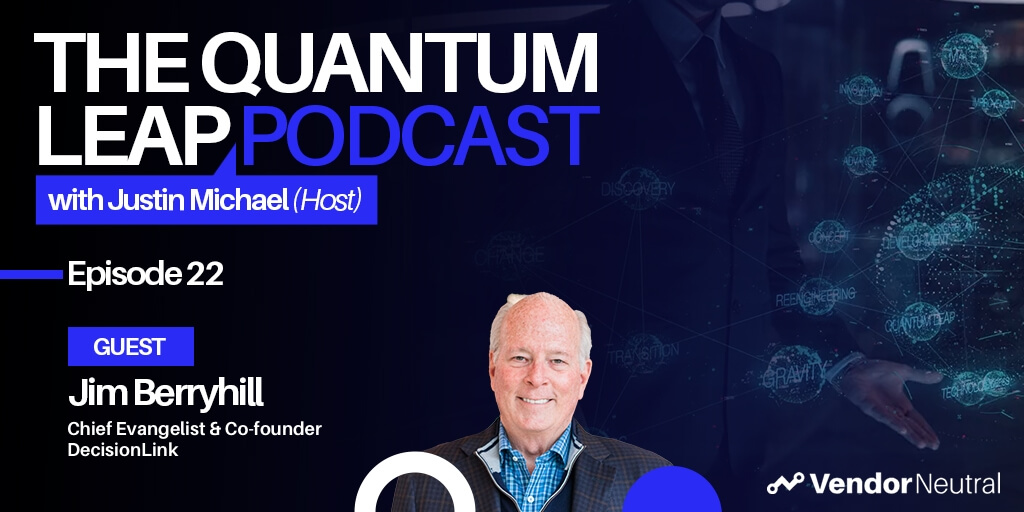 4 Opportunities For Massive Growth In Customer Value Management4 Opportunities For Massive Growth In Customer Value Management
4 Opportunities For Massive Growth In Customer Value Management4 Opportunities For Massive Growth In Customer Value Management -
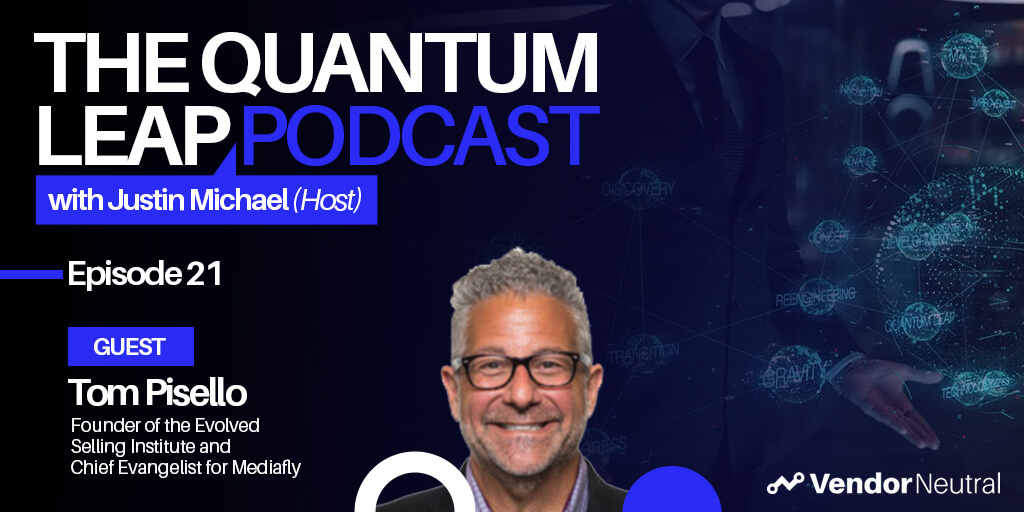 Closing the Customer Engagement Gap | Showing A Clear Case of ROIClosing the Customer Engagement Gap | Showing A Clear Case of ROI
Closing the Customer Engagement Gap | Showing A Clear Case of ROIClosing the Customer Engagement Gap | Showing A Clear Case of ROI -
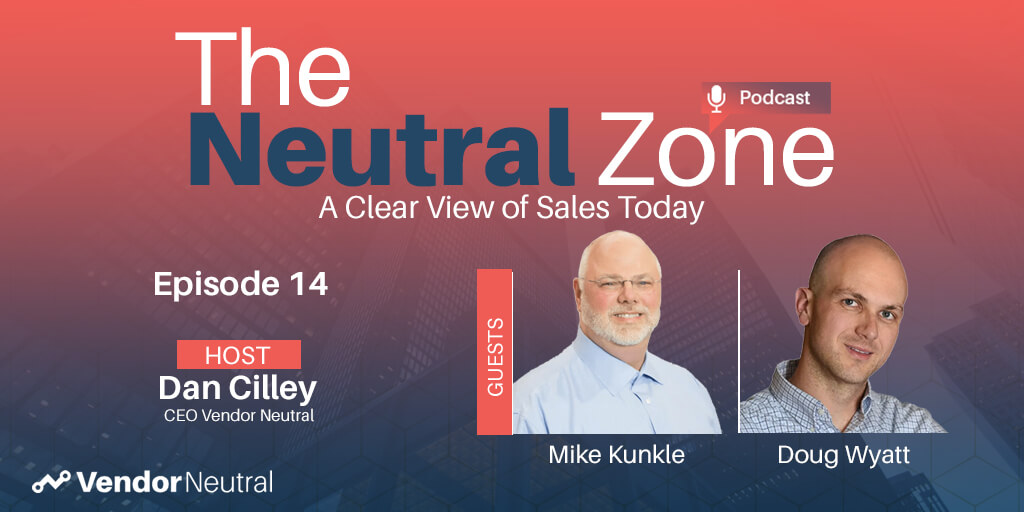 Buyer-Centric Selling | Modern Sales Foundations Virtual Sales TrainingBuyer-Centric Selling | Modern Sales Foundations Virtual Sales Training
Buyer-Centric Selling | Modern Sales Foundations Virtual Sales TrainingBuyer-Centric Selling | Modern Sales Foundations Virtual Sales Training -
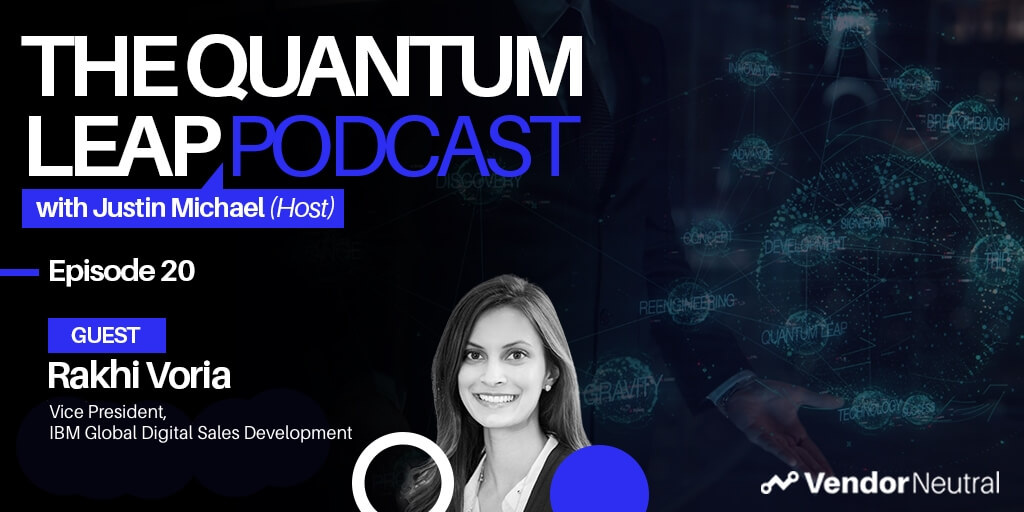 Biggest Trends in Digital TransformationBiggest Trends in Digital Transformation
Biggest Trends in Digital TransformationBiggest Trends in Digital Transformation -
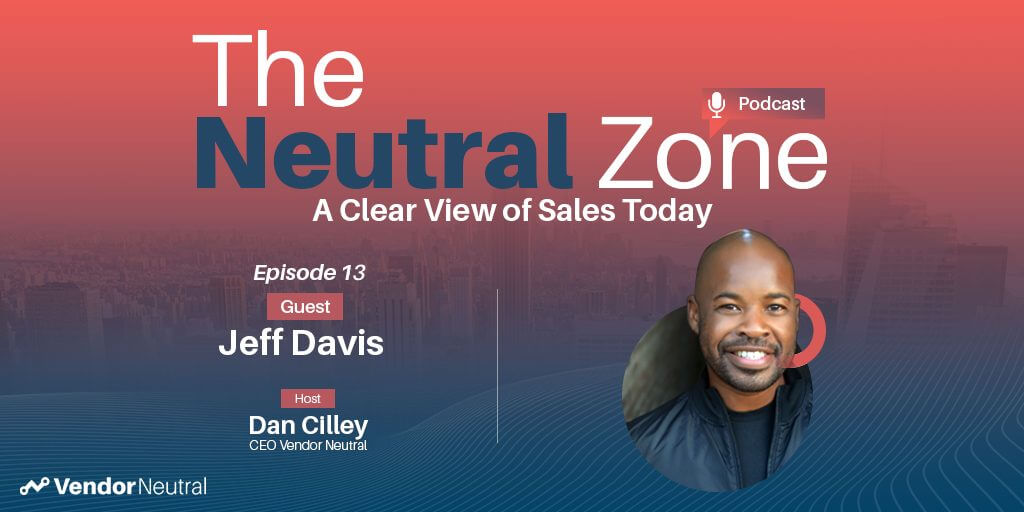 Focus on These 3 Things for Sales Technology AdoptionFocus on These 3 Things for Sales Technology Adoption
Focus on These 3 Things for Sales Technology AdoptionFocus on These 3 Things for Sales Technology Adoption -
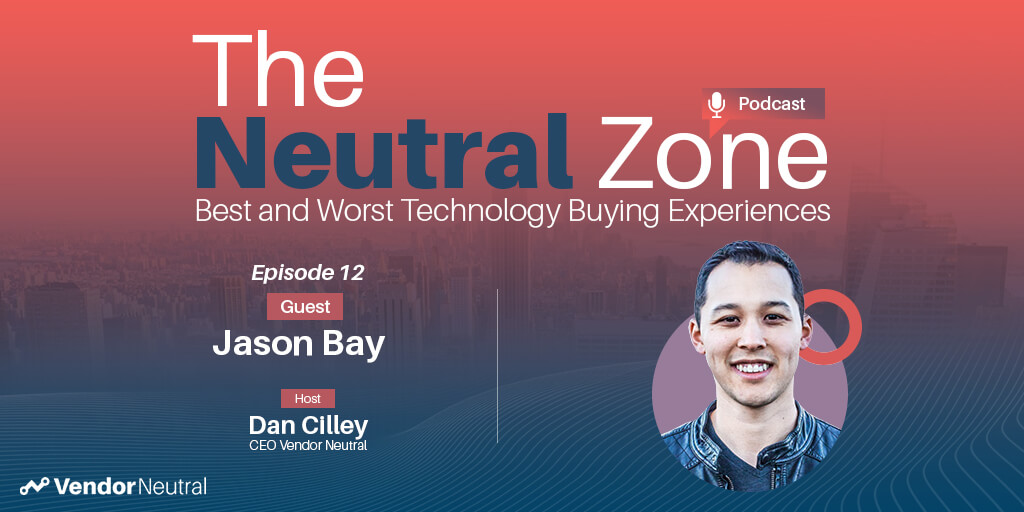 For Sales Technology Buyers A Customer Success Strategy is KeyFor Sales Technology Buyers A Customer Success Strategy is Key
For Sales Technology Buyers A Customer Success Strategy is KeyFor Sales Technology Buyers A Customer Success Strategy is Key -
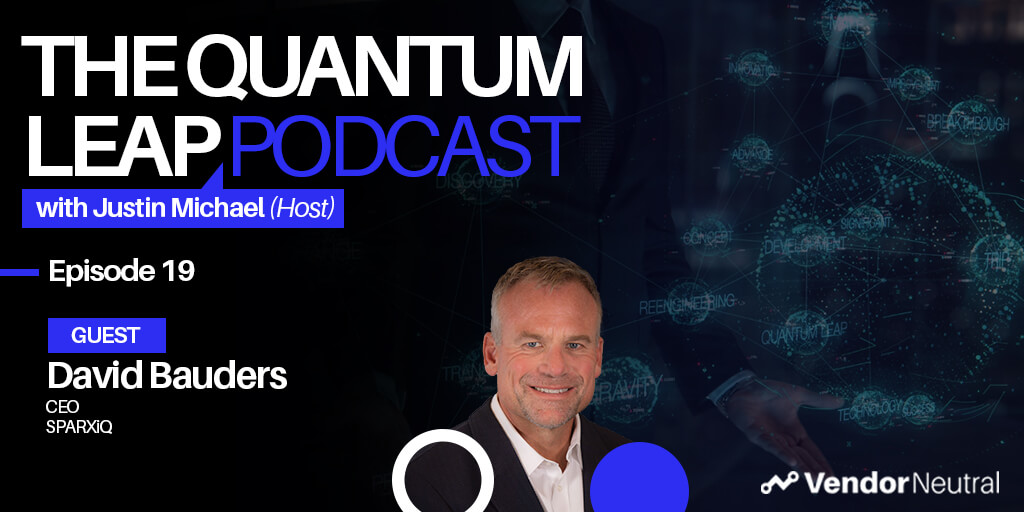 The Future of Sales TrainingThe Future of Sales Training
The Future of Sales TrainingThe Future of Sales Training -
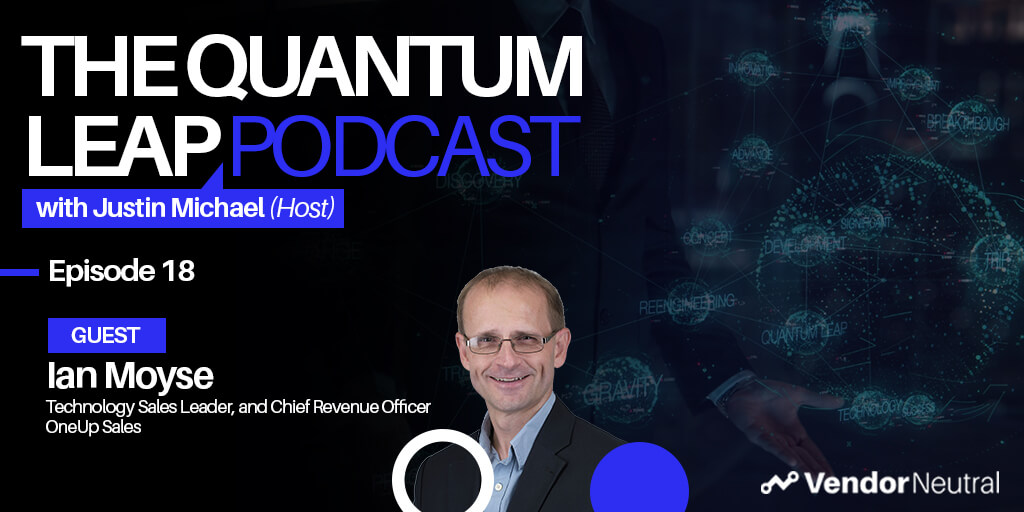 Sales Enablement to Generate Revenue in 2021 and BeyondSales Enablement to Generate Revenue in 2021 and Beyond
Sales Enablement to Generate Revenue in 2021 and BeyondSales Enablement to Generate Revenue in 2021 and Beyond -
 Leveraging Sales Technology in Enterprise Channel Sales | Start by identifying the problems you’re trying to solveLeveraging Sales Technology in Enterprise Channel Sales | Start by identifying the problems you’re trying to solve
Leveraging Sales Technology in Enterprise Channel Sales | Start by identifying the problems you’re trying to solveLeveraging Sales Technology in Enterprise Channel Sales | Start by identifying the problems you’re trying to solve -
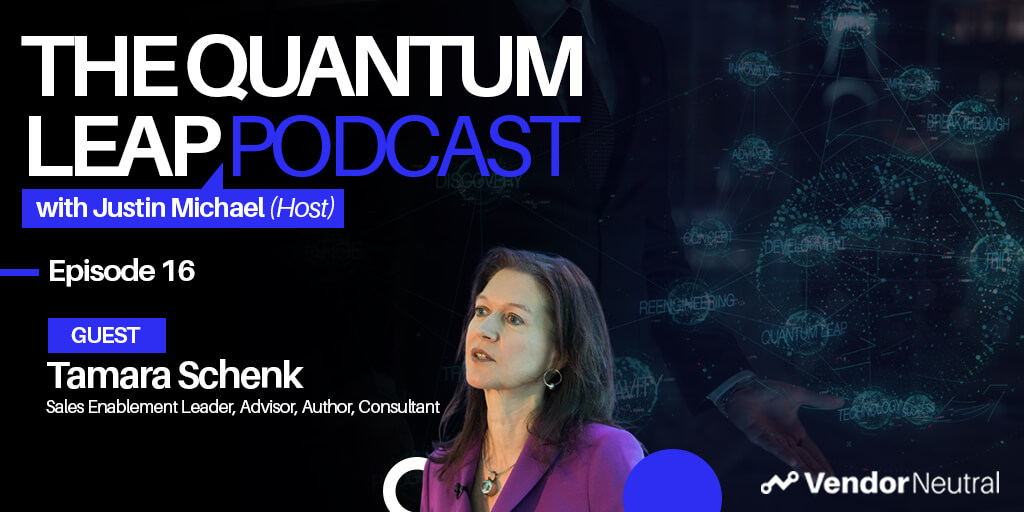 The One Question to Ask Before Sales Technology Implementation to Ensure the Success of Your Enablement InitiativeThe One Question to Ask Before Sales Technology Implementation to Ensure the Success of Your Enablement Initiative
The One Question to Ask Before Sales Technology Implementation to Ensure the Success of Your Enablement InitiativeThe One Question to Ask Before Sales Technology Implementation to Ensure the Success of Your Enablement Initiative -
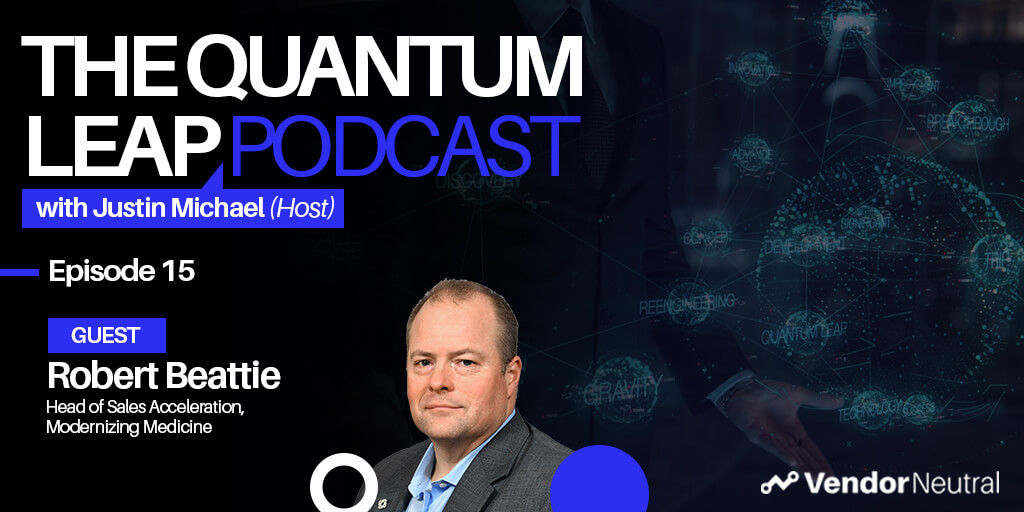 Digitally Enabled Enterprise Sales - Technology & Skills You'll Need in 2025Digitally Enabled Enterprise Sales - Technology & Skills You'll Need in 2025
Digitally Enabled Enterprise Sales - Technology & Skills You'll Need in 2025Digitally Enabled Enterprise Sales - Technology & Skills You'll Need in 2025 -
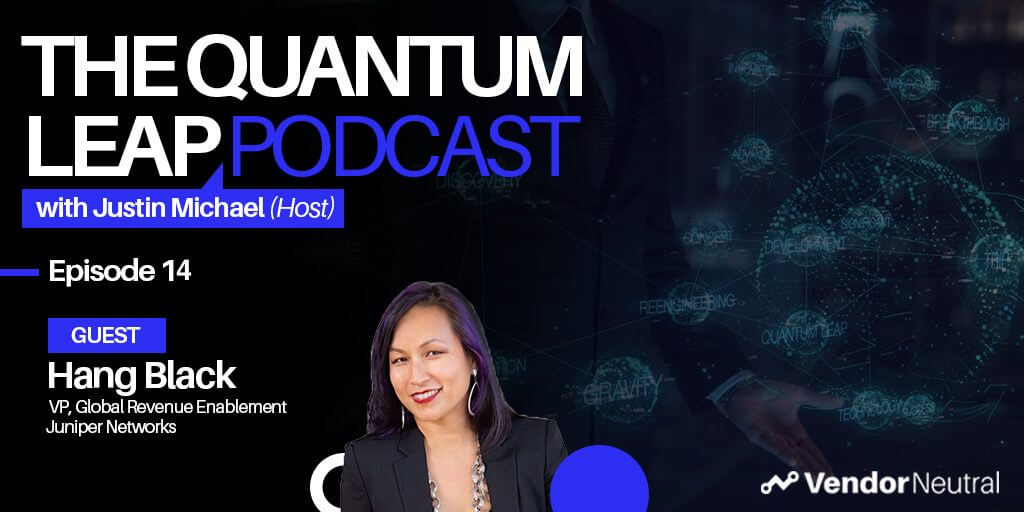 A Look Into The Future of Sales EnablementA Look Into The Future of Sales Enablement
A Look Into The Future of Sales EnablementA Look Into The Future of Sales Enablement -
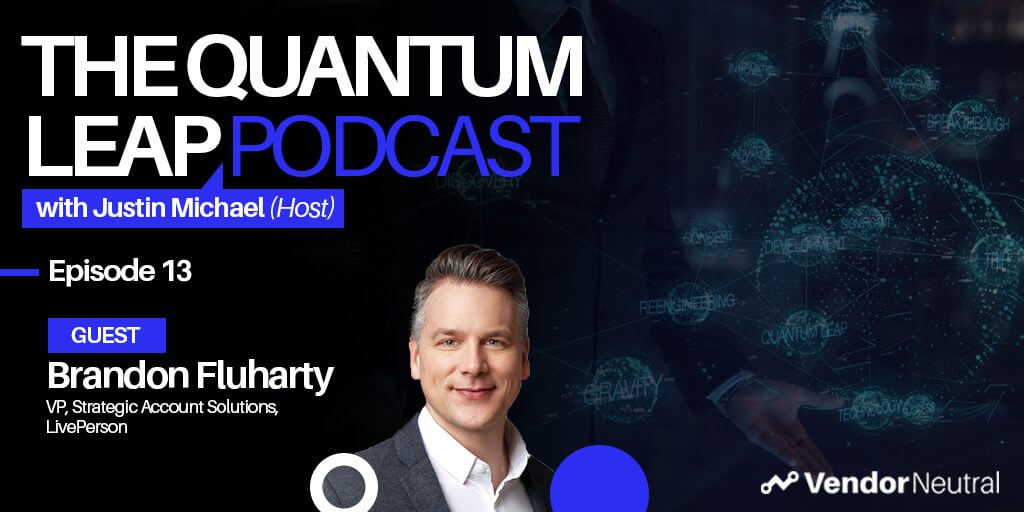 3 Ways Sales Technology will Shape the Future of Strategic Selling & Enterprise Sales3 Ways Sales Technology will Shape the Future of Strategic Selling & Enterprise Sales
3 Ways Sales Technology will Shape the Future of Strategic Selling & Enterprise Sales3 Ways Sales Technology will Shape the Future of Strategic Selling & Enterprise Sales -
 Future of Sales in the EnterpriseFuture of Sales in the Enterprise
Future of Sales in the EnterpriseFuture of Sales in the Enterprise -
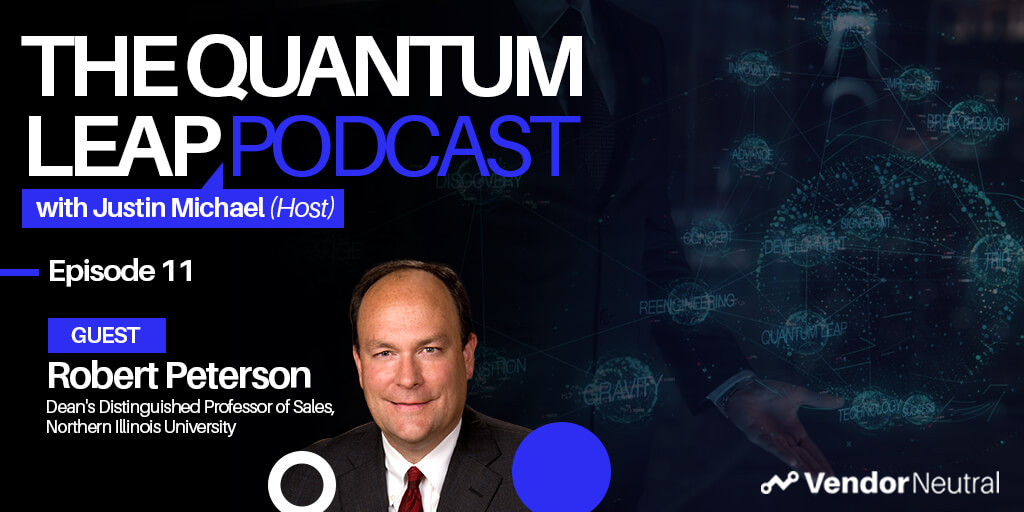 Developing the Revenue Leaders of TomorrowDeveloping the Revenue Leaders of Tomorrow
Developing the Revenue Leaders of TomorrowDeveloping the Revenue Leaders of Tomorrow -
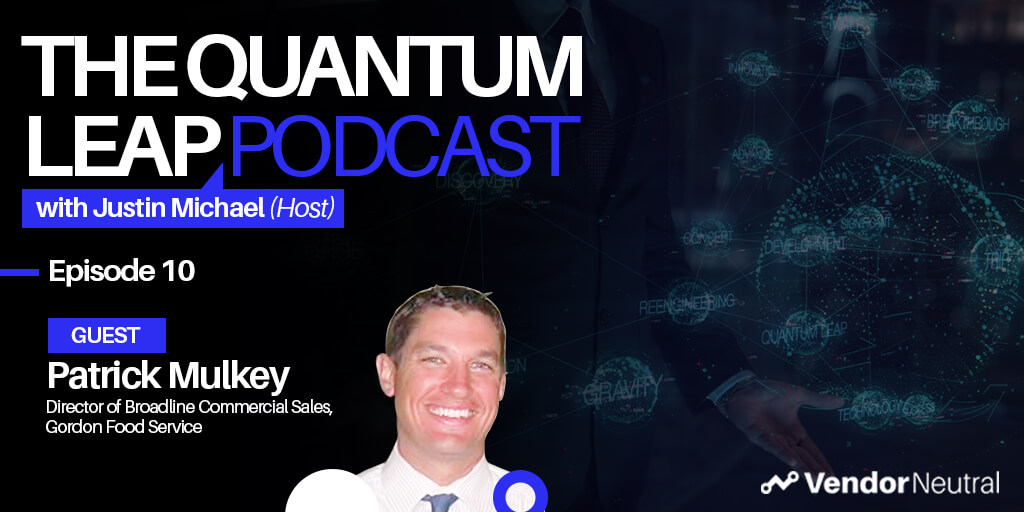 Evaluating and Updating Your Enterprise Sales Technology StackEvaluating and Updating Your Enterprise Sales Technology Stack
Evaluating and Updating Your Enterprise Sales Technology StackEvaluating and Updating Your Enterprise Sales Technology Stack -
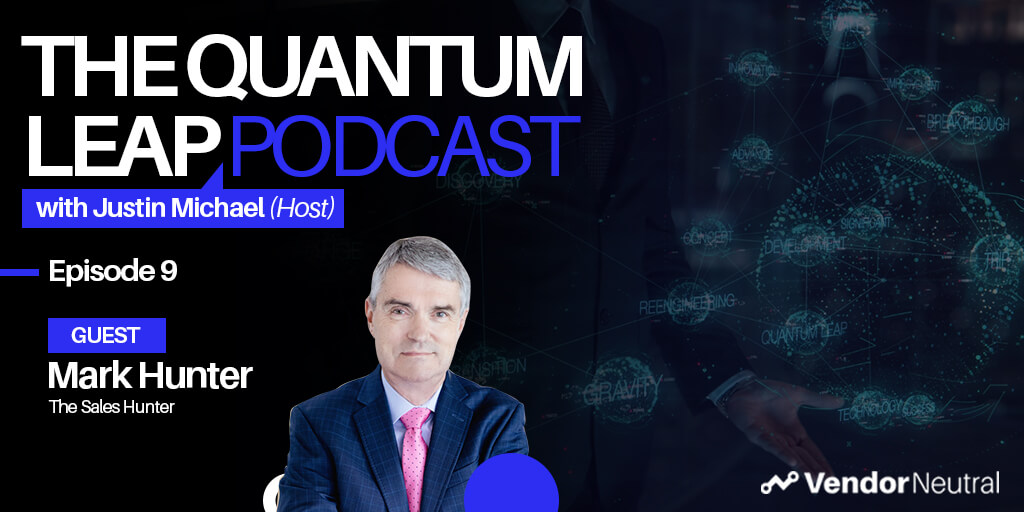 How-to Connect With Enterprise Buyers When Selling From HomeHow-to Connect With Enterprise Buyers When Selling From Home
How-to Connect With Enterprise Buyers When Selling From HomeHow-to Connect With Enterprise Buyers When Selling From Home -
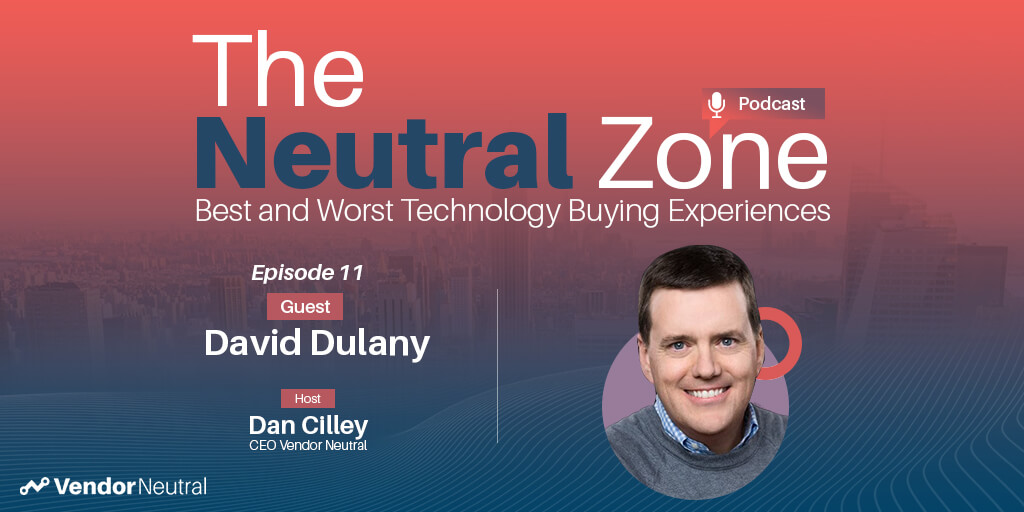 Is the Sales Technology Buying Process Over Engineered?Is the Sales Technology Buying Process Over Engineered?
Is the Sales Technology Buying Process Over Engineered?Is the Sales Technology Buying Process Over Engineered? -
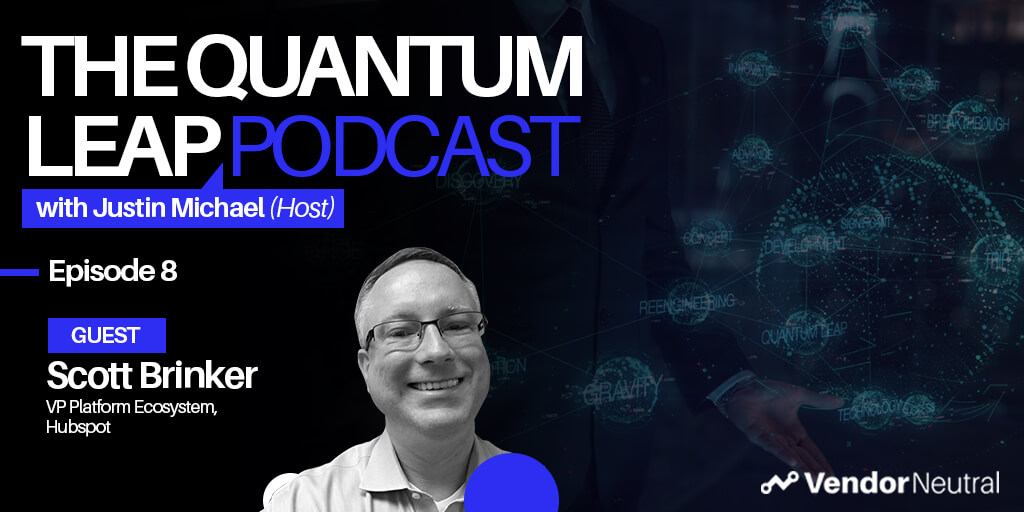 Tangible Ways to Digitally Transform Enterprise OrganizationsTangible Ways to Digitally Transform Enterprise Organizations
Tangible Ways to Digitally Transform Enterprise OrganizationsTangible Ways to Digitally Transform Enterprise Organizations -
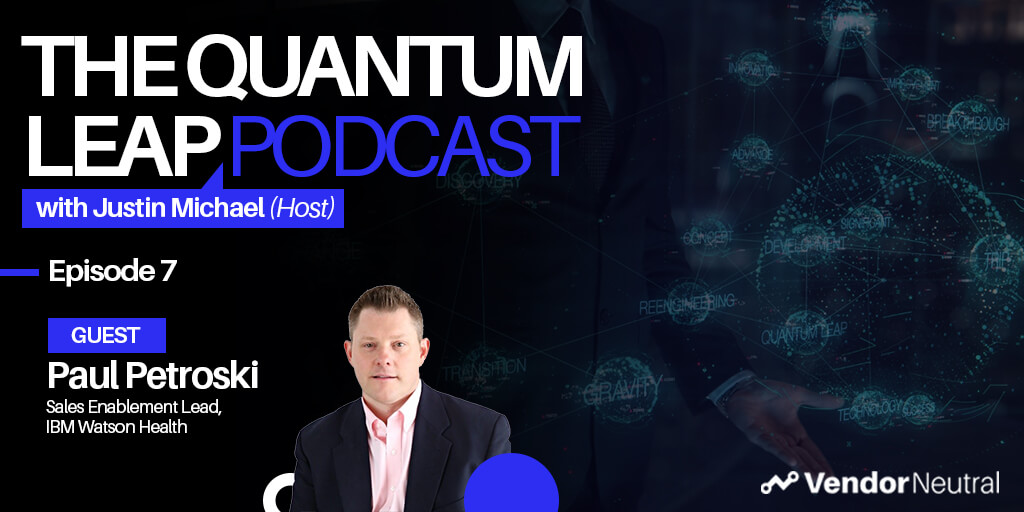 Quantum Leap Podcast Episode 7Quantum Leap Podcast Episode 7
Quantum Leap Podcast Episode 7Quantum Leap Podcast Episode 7 -
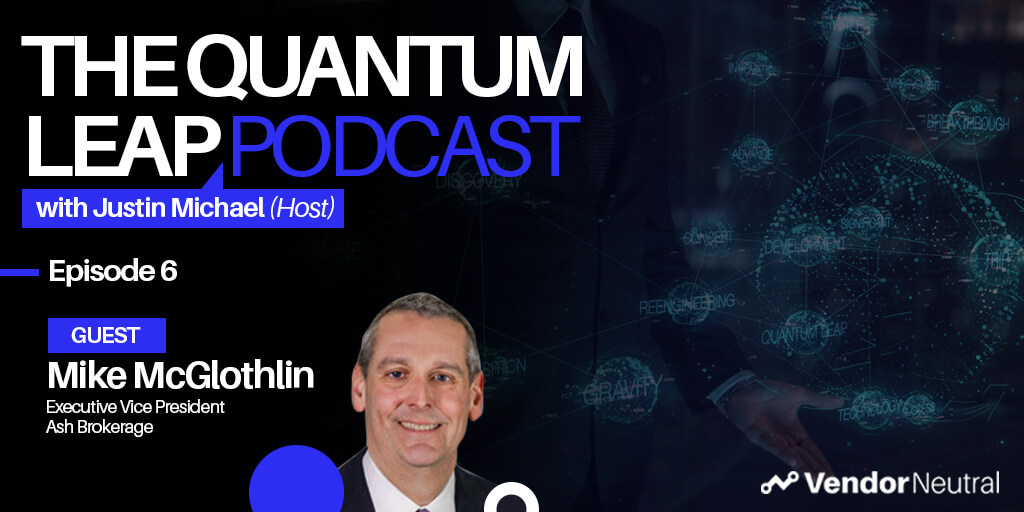 How Sales Technology is Making an Impact in the Financial SpaceHow Sales Technology is Making an Impact in the Financial Space
How Sales Technology is Making an Impact in the Financial SpaceHow Sales Technology is Making an Impact in the Financial Space -
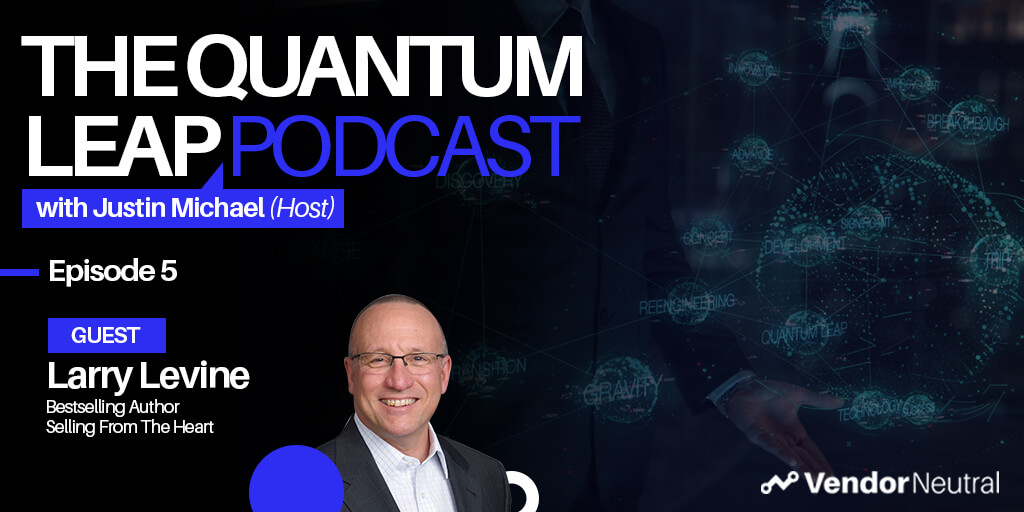 Quantum Leap Podcast Episode 5Quantum Leap Podcast Episode 5
Quantum Leap Podcast Episode 5Quantum Leap Podcast Episode 5 -
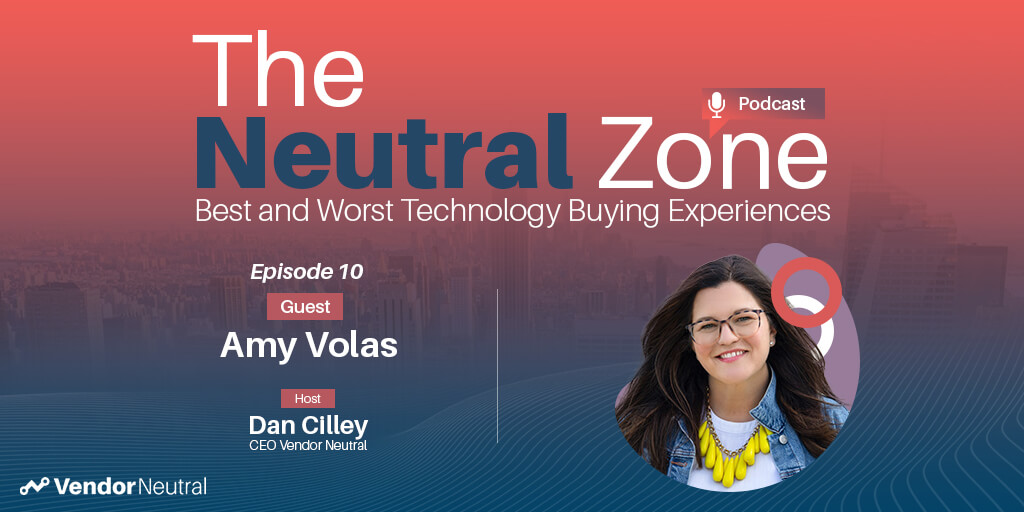 Clear View of Sales Episode 10 with Amy VolasClear View of Sales Episode 10 with Amy Volas
Clear View of Sales Episode 10 with Amy VolasClear View of Sales Episode 10 with Amy Volas -
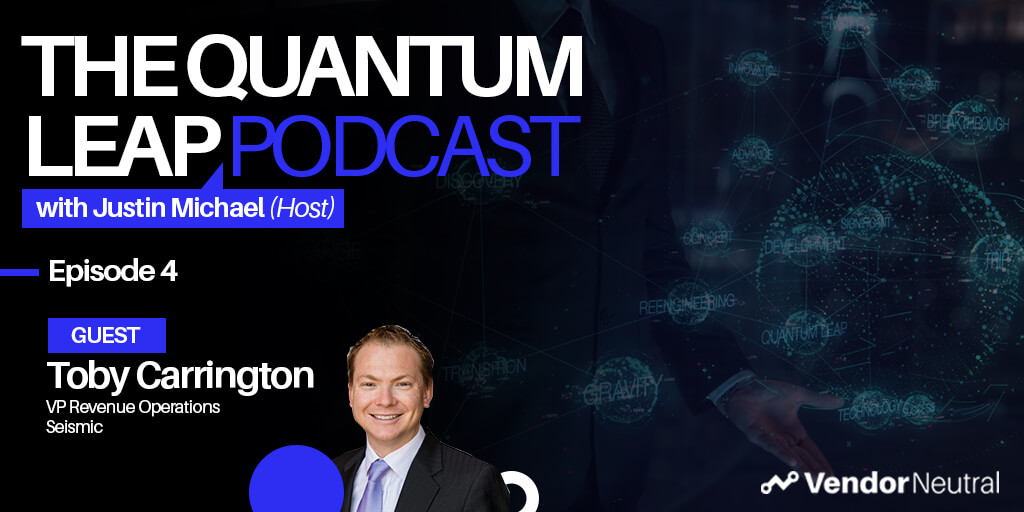 Quantum Leap Podcast Episode 4: Transforming Your Enterprise TechStack, The Future is Bright!Quantum Leap Podcast Episode 4: Transforming Your Enterprise TechStack, The Future is Bright!
Quantum Leap Podcast Episode 4: Transforming Your Enterprise TechStack, The Future is Bright!Quantum Leap Podcast Episode 4: Transforming Your Enterprise TechStack, The Future is Bright! -
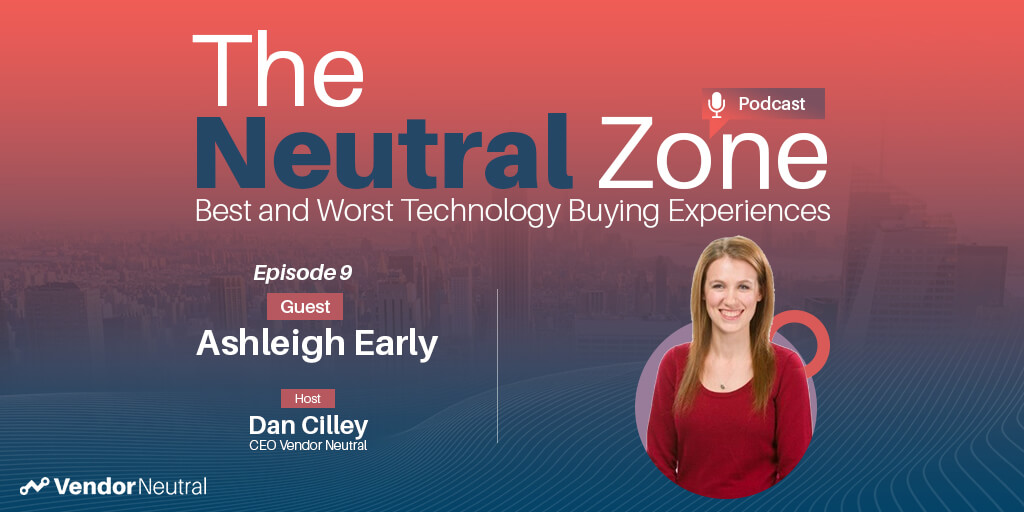 Clear View of Sales with Ashleigh Early:Clear View of Sales with Ashleigh Early:
Clear View of Sales with Ashleigh Early:Clear View of Sales with Ashleigh Early: -
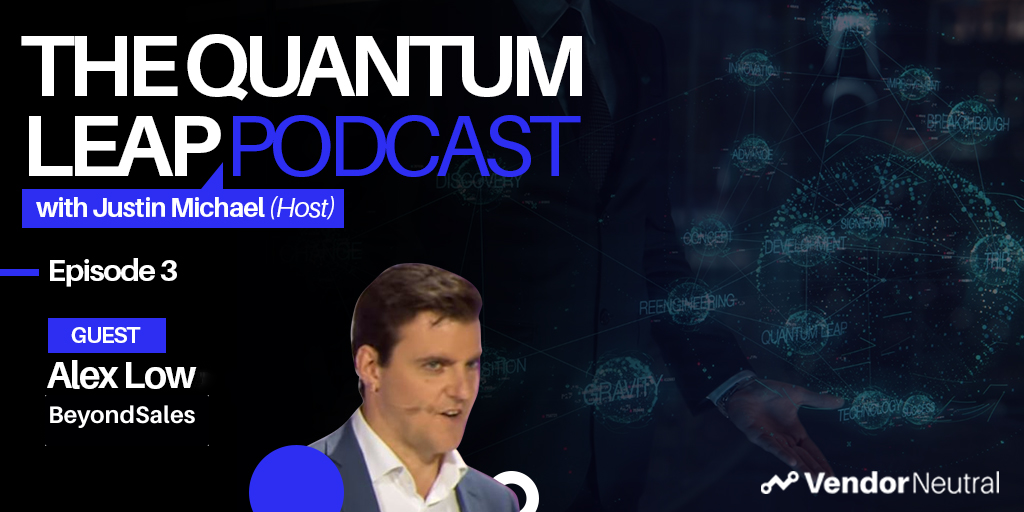 Quantum Leap Episode 3: Unlock the Mystery of Enterprise TransformationQuantum Leap Episode 3: Unlock the Mystery of Enterprise Transformation
Quantum Leap Episode 3: Unlock the Mystery of Enterprise TransformationQuantum Leap Episode 3: Unlock the Mystery of Enterprise Transformation -
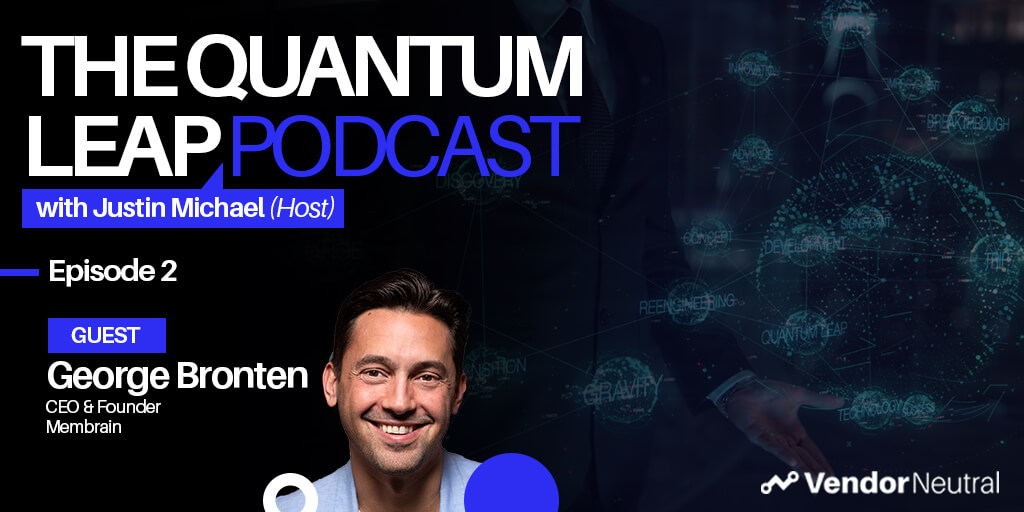 Quantum Leap Podcast Episode 2Quantum Leap Podcast Episode 2
Quantum Leap Podcast Episode 2Quantum Leap Podcast Episode 2 -
 Quantum Leap Podcast Episode 1Quantum Leap Podcast Episode 1
Quantum Leap Podcast Episode 1Quantum Leap Podcast Episode 1 -
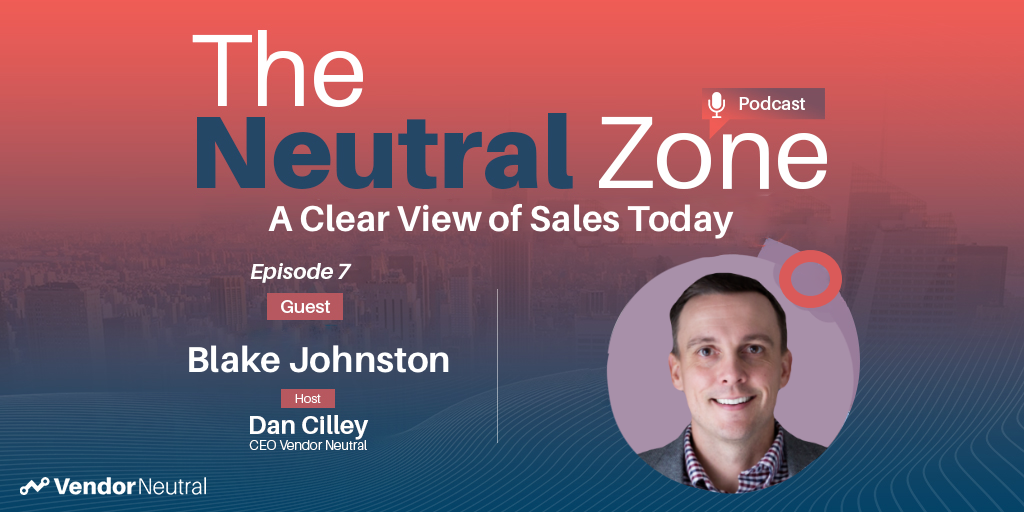 The Best & Worst B2B Technology Buying Experiences With Blake JohnstonThe Best & Worst B2B Technology Buying Experiences With Blake Johnston
The Best & Worst B2B Technology Buying Experiences With Blake JohnstonThe Best & Worst B2B Technology Buying Experiences With Blake Johnston -
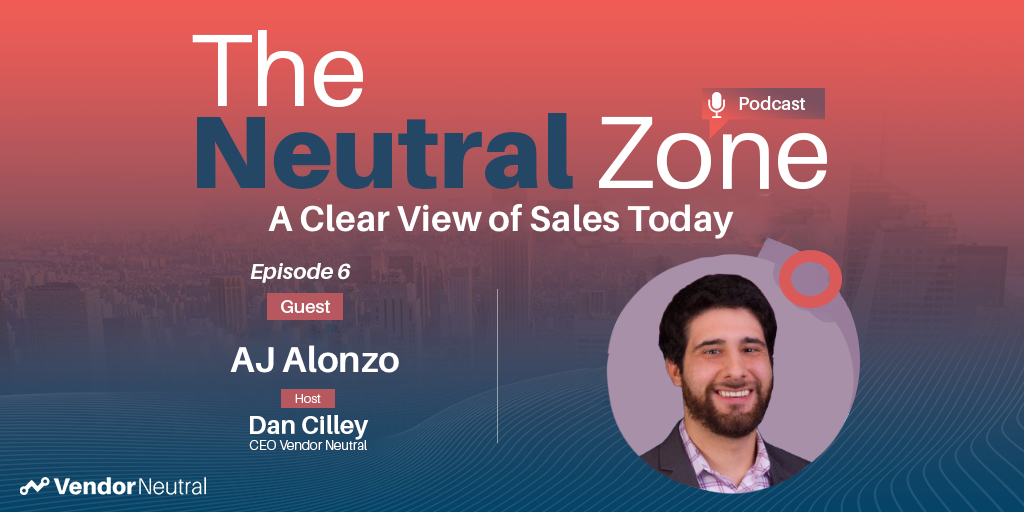 The Best & Worst B2B Technology Buying Experiences With AJ AlonzoThe Best & Worst B2B Technology Buying Experiences With AJ Alonzo
The Best & Worst B2B Technology Buying Experiences With AJ AlonzoThe Best & Worst B2B Technology Buying Experiences With AJ Alonzo -
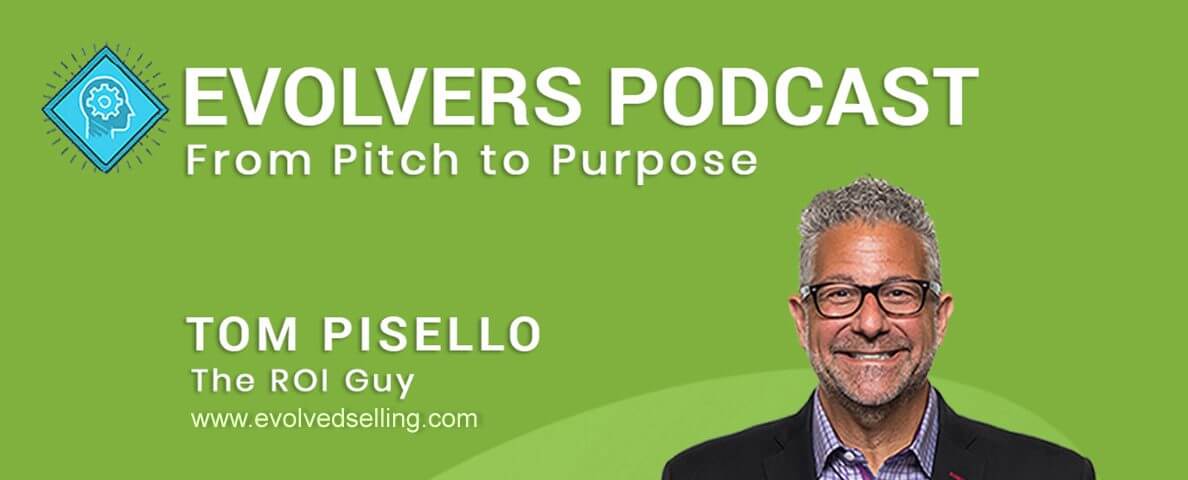 Evolvers Podcast: The Democratization of Sales Enablement? With Dan CilleyEvolvers Podcast: The Democratization of Sales Enablement? With Dan Cilley
Evolvers Podcast: The Democratization of Sales Enablement? With Dan CilleyEvolvers Podcast: The Democratization of Sales Enablement? With Dan Cilley -
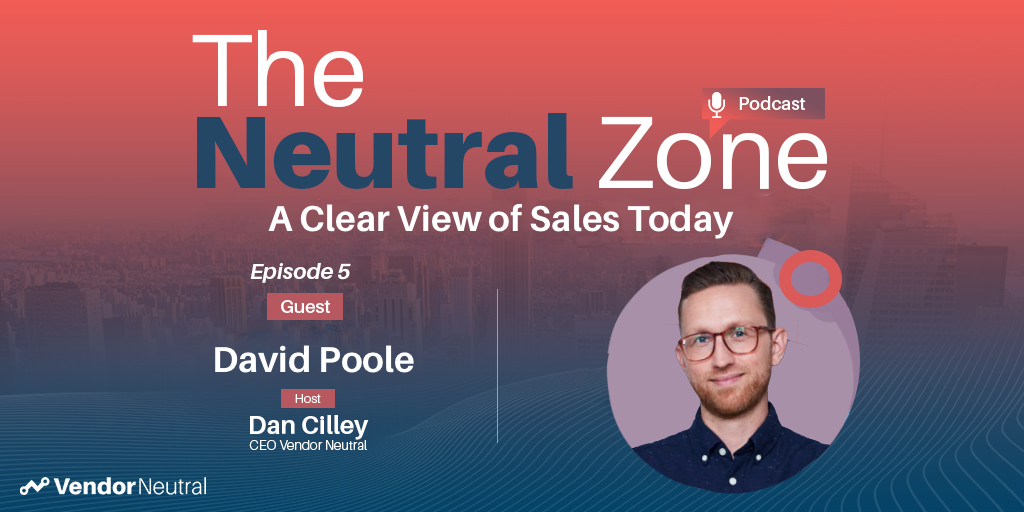 The Best & Worst B2B Technology Buying Experiences With David PooleThe Best & Worst B2B Technology Buying Experiences With David Poole
The Best & Worst B2B Technology Buying Experiences With David PooleThe Best & Worst B2B Technology Buying Experiences With David Poole -
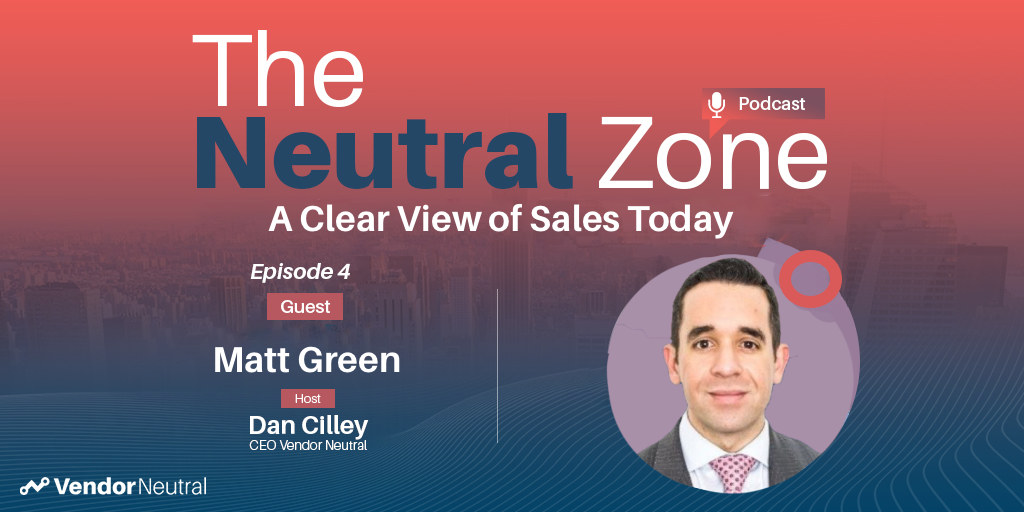 The Best & Worst B2B Technology Buying Experiences With Matt GreenThe Best & Worst B2B Technology Buying Experiences With Matt Green
The Best & Worst B2B Technology Buying Experiences With Matt GreenThe Best & Worst B2B Technology Buying Experiences With Matt Green -
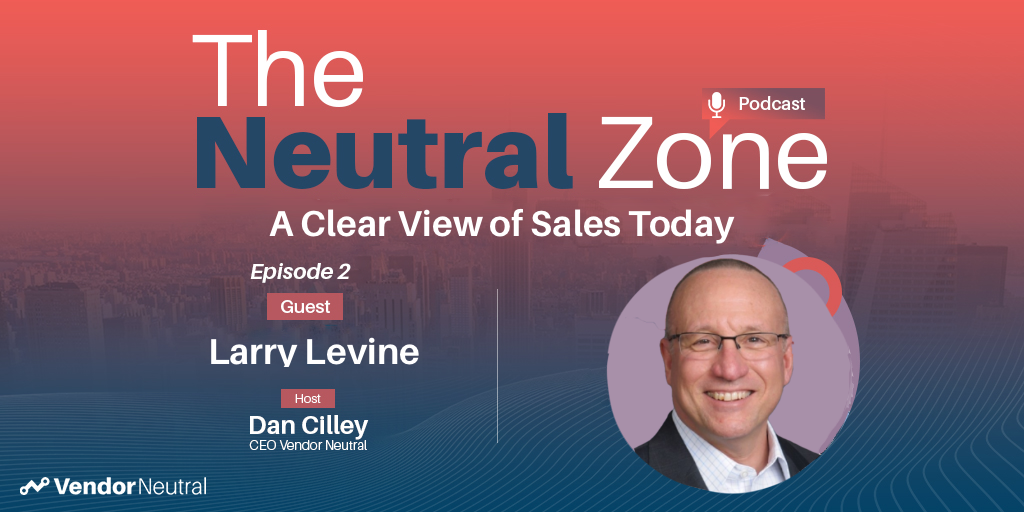 The Best & Worst B2B Technology Buying Experiences with Larry LevineThe Best & Worst B2B Technology Buying Experiences with Larry Levine
The Best & Worst B2B Technology Buying Experiences with Larry LevineThe Best & Worst B2B Technology Buying Experiences with Larry Levine -
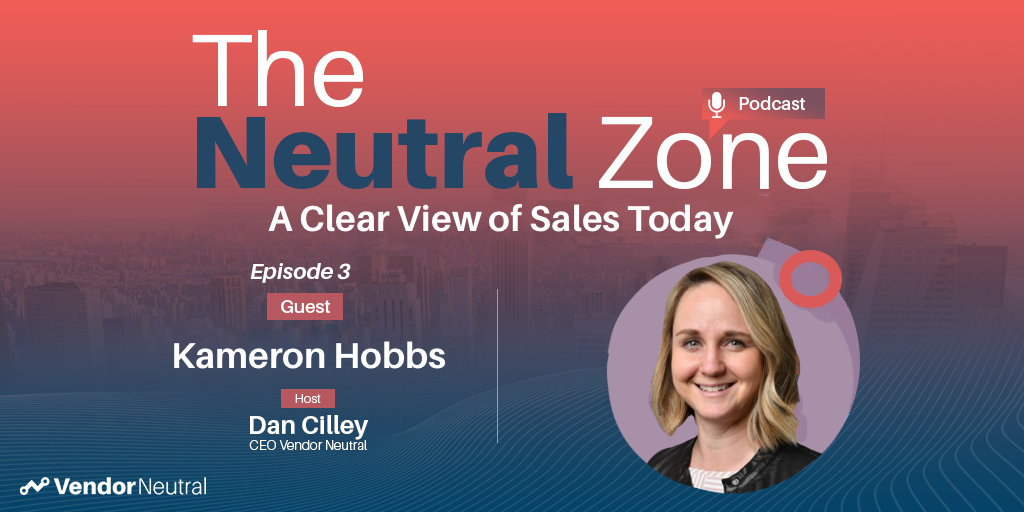 The Best & Worst B2B Technology Buying Experiences with Kameron HobbsThe Best & Worst B2B Technology Buying Experiences with Kameron HobbsVideo
The Best & Worst B2B Technology Buying Experiences with Kameron HobbsThe Best & Worst B2B Technology Buying Experiences with Kameron HobbsVideo -
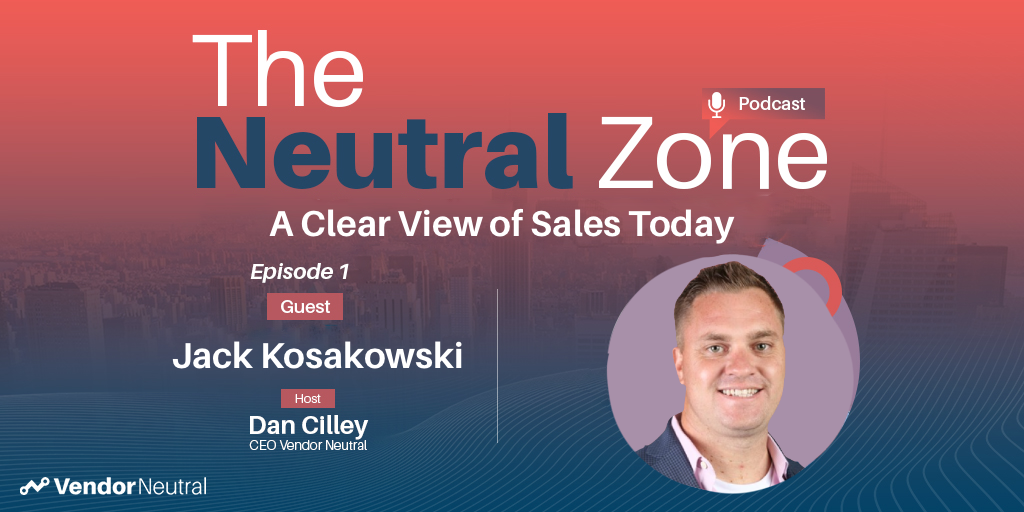 The Best & Worst B2B Technology Buying Experiences with Jack KosakowsiThe Best & Worst B2B Technology Buying Experiences with Jack KosakowsiPodcast
The Best & Worst B2B Technology Buying Experiences with Jack KosakowsiThe Best & Worst B2B Technology Buying Experiences with Jack KosakowsiPodcast
